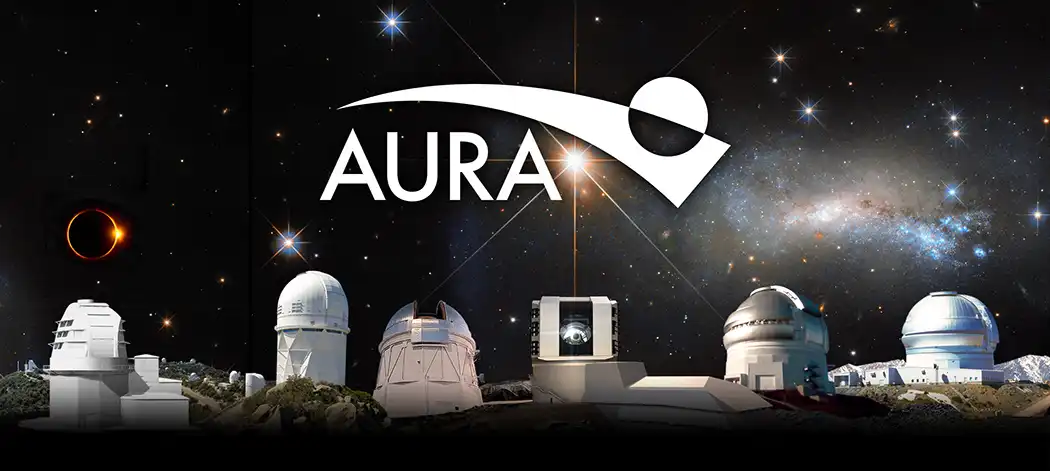Kīlauea Eruption: What’s Happening Beneath the Sea Surface
We’ve been inundated with information on the Kilauea eruption but what’s happening beneath the sea surface? We get a bird’s eye view with Paradise Helicopters and speak to the experts to get some answers.
Mike Zoeller | Geologist, Center for the Study of Active Volcanoes:
“There’s some data that suggests that there may actually be more volume of the lava flows that has actually gone offshore than has stayed on shore. The bathimetry drops off very steeply a short distance off shore we‘re not sure how far they’ve gone. It’s possible that the a’a flow continues offshore, possible also that it has transitioned to a pillowed lava flow which is common in undersea lava flows.”
The footage you see here is from an ocean entry along Kalapana in the late 80’s. Researcher Frank Sansone and his team were studying how volcanism can affect the nearshore environment and documenting the variety of forms lava takes as it enters the ocean.
Frank Sansone | Oceanographer, UH-Mānoa Professor:
“Pillow basalts form in relatively slow lava flows. It allows the overlying sea water to rapidly cool the molten lava which causes a surface crust to quickly form giving the resulting rock its distinctive pillow shape. There appear to be a large range of pillow lavas possible ranging from viscous rocky flows to highly fluid flows like these.”
Other processes that are frequently observed as lava interacts with the ocean include violent hydrogen explosions, underwater jets of hot water, gas bubbles, steam, landslides and floating lava rocks.
Frank Sansone | Oceanographer, UH-Mānoa Professor:
“They form from the spattering that occurs when the molten lava touches the water, resulting porous rocks are hot enough that seawater entering them is instantly converted to steam which keeps the rocks buoyant. The floating rocks will sizzle and spin on the water for several minutes until they cool and eventually sink.”
It is likely that lava at the current ocean entry is taking on the same forms. In addition to what’s happening beneath the surface, new features are also appearing along the coastline.
Misaki Takabayashi | Marine Scientist, UH-Hilo Professor:
“It’s going to also change the currents around that area too because the shape of the land is changed. That’s why there’s new black sand beaches popping up.”
Where countless tide pools and up to about 15% of anchialine ponds were lost, new tide pools are now taking shape.
Mike Zoeller | Geologist, Center for the Study of Active Volcanoes:
“We actually don’t really know a lot about that. I’ve never noticed those forming in a lava flow before. They may persist they may not. Same with the beaches. Those beaches are kind of sustained by the constant fragmentation of the lava as it enters the ocean. It’s producing fine glass that provides sediment to make those beaches. I know they’ve been observed to disappear in the past however, Kehena beach down in Kalapana was formed by the 1955 eruption and that one is still there so time will tell whether or not these features remain or not.”
One of the biggest impacts to the surrounding underwater environment is water temperature.
Marine scientist, Steven Colbert says results collected by the Liquid Robotics WaveGlider indicate temperatures up to 120 degrees about 100 yards offshore with temperatures of 100 degrees or more extending up to 2 miles from the ocean entry. Fortunately, this layer of warmer water does not seem to spread far along the shoreline and has a depth of less than 20 feet, sheltering the surrounding ecosystems both along the coast and at depth.
Misaki Takabayashi | Marine Scientist, UH-Hilo Professor:
“The life that existed there is gone and I know that it’s impacting fish life and the water chemistry that’s changing in temperature and pH and all of that right now is not conducive to life right now.”
How has marine life been affected? We tackle that in our next story, so stay tuned.
Reporting from the sky, Malika Dudley. HawaiiNow.com
Mahalo to Paradise Helicopters for the amazing doors off overflight of the eruption zone. We captured images of the ocean entry which were used in this piece. The older video is from an educational resource and research done by oceanographer and newly retired UH-Mānoa professor, Frank Sansone via LavaVideoProductions.









